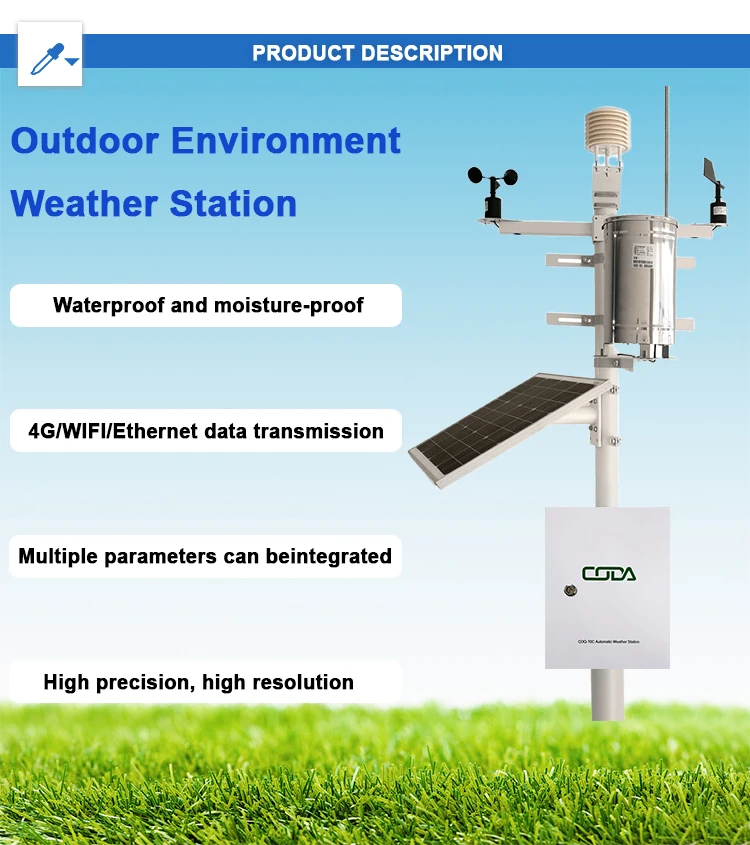
# Automatic Weather Station: Definition and Functionality
## What is an Automatic Weather Station?
An Automatic Weather Station (AWS) is a sophisticated system designed to collect meteorological data without human intervention. These stations are equipped with various sensors that measure atmospheric conditions such as temperature, humidity, wind speed and direction, precipitation, solar radiation, and barometric pressure.
AWS units have become essential tools for meteorologists, agricultural specialists, aviation professionals, and climate researchers. They provide continuous, real-time weather data that helps in forecasting, research, and various weather-dependent operations.
## Key Components of an Automatic Weather Station
1. Sensors
The heart of any AWS is its array of specialized sensors. These typically include:
- Thermometers for temperature measurement
- Hygrometers for humidity detection
- Anemometers for wind speed
- Wind vanes for wind direction
- Rain gauges for precipitation measurement
- Barometers for atmospheric pressure
- Pyranometers for solar radiation
2. Data Logger
The data logger is the brain of the system, collecting and storing measurements from all sensors at predetermined intervals. Modern loggers can store weeks or months of data and often include sophisticated algorithms for quality control.
3. Power Supply
Most AWS units are powered by solar panels with battery backup, allowing them to operate in remote locations without grid power. Some stations in extreme environments may use alternative power sources like wind turbines or fuel cells.
4. Communication System
Modern AWS units transmit data via various methods including:
- Cellular networks
- Satellite communication
- Radio transmission
- Wi-Fi or Ethernet connections
This allows for real-time data access from anywhere in the world.
## Applications of Automatic Weather Stations
Meteorological Forecasting
National weather services rely on networks of AWS units to provide the data needed for accurate weather forecasting. The more stations deployed, the better the forecast models can represent actual conditions.
Agriculture
Farmers use AWS data to make critical decisions about irrigation, planting, and harvesting. Specialized agricultural weather stations may include additional sensors for soil moisture and temperature.
Aviation
Airports use AWS units to monitor conditions that affect flight operations, particularly wind speed and direction, visibility, and precipitation.
Climate Research
Scientists deploy AWS networks in remote areas to study climate patterns and changes over time. These stations often operate for years with minimal maintenance.
## Advantages of Automatic Weather Stations
The primary benefits of AWS include:
- Continuous, 24/7 data collection
- Reduced human error in measurements
- Ability to operate in remote or hazardous locations
- Real-time data availability
- Consistent data collection over long periods
As technology advances, automatic weather stations are becoming more accurate, more reliable, and capable of measuring an ever-expanding range of atmospheric parameters. Their importance in weather monitoring and climate research continues to grow as we face increasing weather variability and climate change challenges.
Keyword: what is automatic weather station